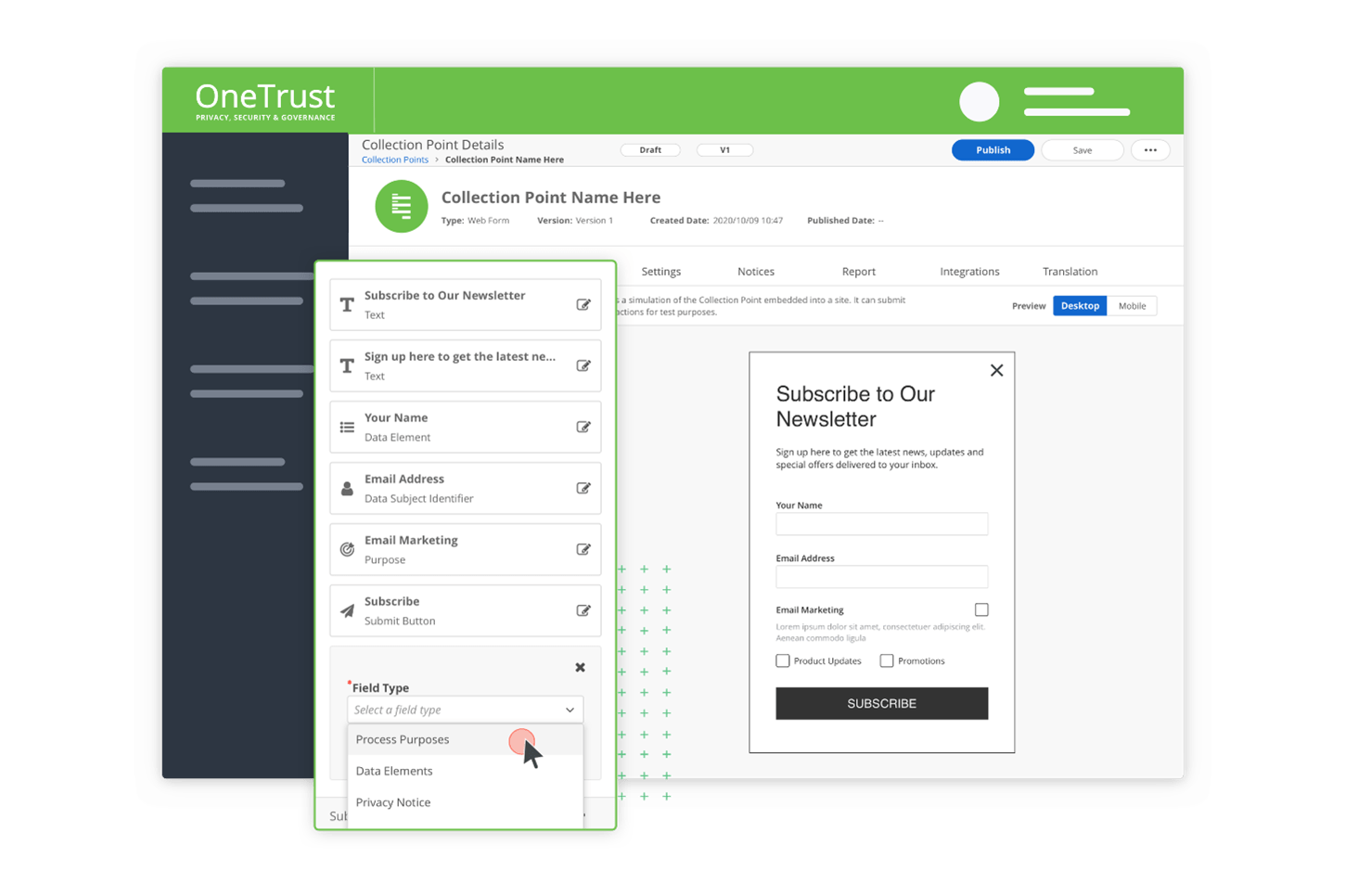For years, collecting third-party data has been the go-to method to break through to new audiences. But due to numerous changes around data privacy, that’s all coming to an end. We’re approaching the end of third-party cookies, and this shift is changing how brands and publishers deliver personalization. The elimination of third-party cookies presents challenges for creating hyper-targeted, measurable campaigns.
Watch the webinar: The Crumble of Third-Party Cookies: How to Prepare in 2022
During a 2021 survey carried out among senior marketers from the United States, 51 percent of respondents stated that third-party cookies were very important for their current marketing strategy as they made up a majority of the data their company used. How can you continue delivering the privacy-first personalization that audiences crave and that drive results?
Transitioning from third-party data to zero-party data
Brands and publishers will now need to depend primarily on their own zero and first-party data, or on data from walled gardens, ID solutions, and greater support from data platforms. If third-party cookies can be replaced with zero-party data captured directly from customers—then you can provide customized and authentic experiences, encouraging customers to feel more deeply connected and loyal to your brand.
The move from third-party cookies to first-party data presents opportunities to:
- Learn about your audience’s interests, preferences, characteristics, and behaviors— directly from them
- More accurately predict future customer behavior, improve your targeting, enhance your marketing campaigns, and hyper-personalize your content
- Build transparent relationships about data usage with customers
- Recoup revenue lost to third parties in recent years
As the regulatory and technical landscapes evolve and third-party cookies deprecate, a strategy that includes zero- and first-party data capture is critical to delivering powerful campaigns that yield results, improve ROI and honor privacy.
Third-party cookies are going away, that is a fact, but personalization is here to stay. To stay relevant in this new advertising ecosystem, marketers must balance consumers’ expectations around privacy but still deliver a personalized user experience. While this may seem impossible to achieve, we can assure you it’s not as tough as it sounds.
Capture and manage zero and first-party data using OneTrust
With OneTrust’s Consent and Preference Management solution, organizations can create customized and engaging forms to capture zero and first-party data, centrally collect and store this data, and honor consent and preferences across the entire MarTech system –– all while maintaining compliance with global regulations. This future-proof strategy allows organizations to combine consent receipts, marketing preferences, and first-party data into a competitive advantage by providing personalization while proving they respect privacy.


































